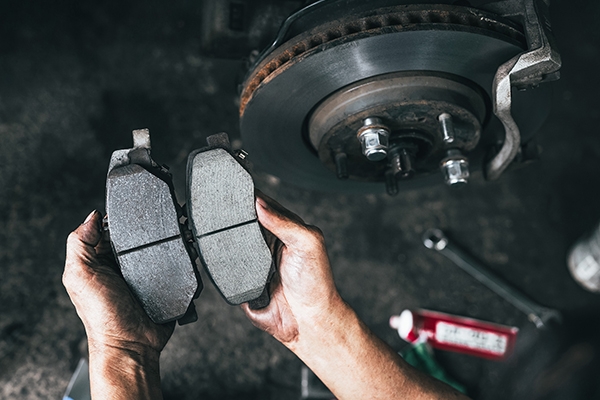Brake rotors are crucial parts of your car’s braking system that guarantee effective and safe stopping force. These rotors may deteriorate with time as a result of continuous heat and friction, which would decrease their braking efficiency. Knowing the procedure can make you feel more at ease and educated when it’s time for a brake rotor replacement or repair. This is a guide to the standard procedures for this important service.
Initial Inspection and Diagnostics
The brake system of your car is thoroughly inspected before the servicing starts. Expert mechanics will inspect the rotors, brake pads, and other relevant parts Auto Repair in Moore, SC. They will look for rotor wear, cracks, or warping, as these could be indicators that the rotors need to be replaced. To evaluate how the car reacts when braking, the technicians could also take it for a test drive. An accurate diagnosis and advice of the required repairs are made possible by this first stage, which guarantees that all considerations are taken into account before any work starts.

Removal of the Wheel and Brake Components
The technician will secure the car and use a hydraulic lift to raise it after the assessment is finished and the necessity of rotor service has been verified. The wheel will then be taken off so that the braking parts may be accessed. To do this, remove the brake callipers and any other parts that are blocking the rotors. The brake pads and other relevant components can also be inspected at this point. Before continuing, the technician will let you know if the pads need to be replaced since they are worn down.
Assessment and Decision on Rotor Repair or Replacement
The technician will examine the brake rotors closely after removing the braking components. The technician might suggest resurfacing the rotors if they are just marginally worn or if they can be machined (turned) to restore their surface. Replacement is the better choice, though, if the rotors are too thin, distorted, or broken. You can make an informed choice based on your safety requirements and financial constraints once the technician explains the state of your rotors and gives you both options.
Final Checks and Road Test
Technicians will carry out a number of last-minute inspections after finishing the rotor service. This include checking the brake fluid levels, making sure that every part is put back together correctly, and assessing how well the system is working as a whole. A driving test is then frequently performed to make sure the brakes engage smoothly and efficiently. You may drive with confidence knowing that your car’s braking system is operating at peak efficiency thanks to this last inspection. After the service, professionals will give you maintenance tips for the longevity and functionality of your new or repaired rotors.
You may also like
-
Silence the Sunroof: Restoring Peace to Your Drive
-
Discover the Importance of Silent Generators for Camping and Explore the Jackery Solar Generator 1000 v2
-
Auto Repair Equipment Financing: Get the Tools You Need to Grow Your Shop
-
Power Window Glass Replacement: A Delicate Process
-
How Technicians Handle Oil Change Malfunctions

